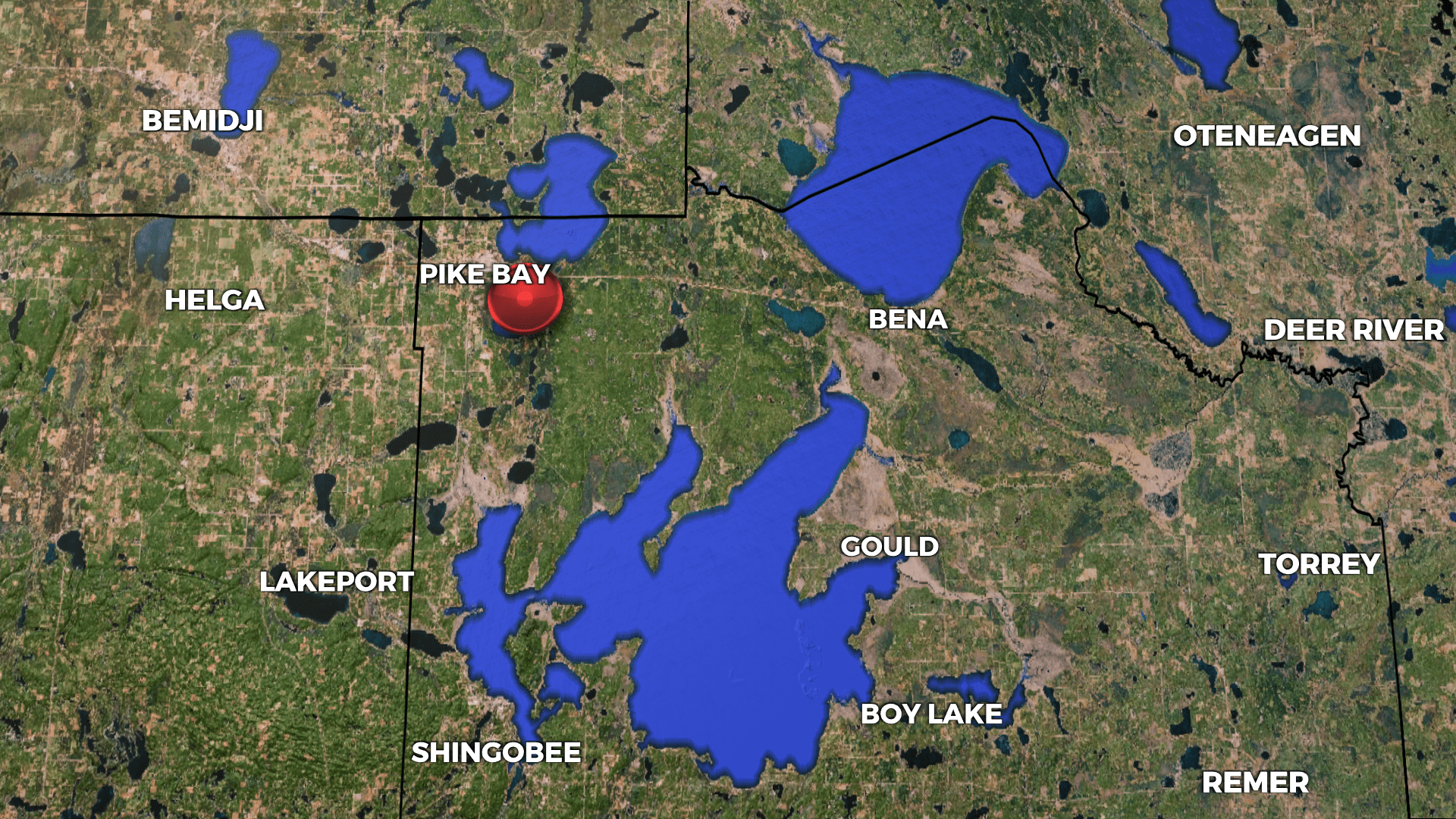Name released in Cass County ATV accident

An ATV fell through the ice on Pike Bay (WDIO).
The name of the victim in the Cass County ice rescue has been released. Cass County Sheriff Bryan Welk says Thomas Steele, 82 of Bemidji died after the ATV he was driving fell through the ice on Pike Bay. Authorities said Mark Jacobson, 56, also of Bemidji was the passenger in the ATV. Jacobson
Original Post:
The Cass County Sheriff’s Office received a report that an individual was in the water after an ATV broke through the ice at 11:15 a.m. on Friday on Pike Bay in Pike Bay Township near Cass Lake.
When responders arrived on scene they found a Polaris Ranger ATV, travelling on the ice on Pike Bay broke through the ice. The driver and an adult male passenger both fell into the water.
According to the Cass County Sheriff’s Office, the driver was an adult male, 82, from Bemidji. He was pulled from the water by witnesses who were fishing in the area. Lifesaving efforts were immediately initiated by individuals who were on the ice in the area.
Deputies arrived at the location, assisted in getting the driver to a safer area, and continued with lifesaving efforts. The victim was transported from the ice by airboat to an awaiting ambulance and transported to Cass Lake Indian Services Hospital. Lifesaving efforts were continued at the hospital, but then the victim was pronounced deceased.
The Ramsey County Medical Examiner’s Office will conduct an autopsy.
Cass County Sheriff Bryan Welk reports that ice conditions on Pike Bay and several area lakes are still extremely unsafe due to recent warm weather, wind, and rain.
“Even though we have experienced colder weather this week, ice conditions still remain very unstable and poor,” said Sheriff Welk. “Areas that had open water earlier in the week may just have a thin layer of ice on them now and are not safe enough for travel. It is extremely important to check ahead when travelling on the ice.”
The Cass County Sheriff’s Office and MN DNR remind all ice users of the General ice safety guidelines. No ice can ever be considered “safe ice,” but following these guidelines can help minimize the risk:
- Always wear a life jacket or float coat on the ice (except when in a vehicle).
- Carry ice picks, rope, an ice chisel and tape measure.
- Check ice thickness at regular intervals; conditions can change quickly.
- Bring a cell phone or personal locator beacon.
- Do not go out alone; let someone know about trip plans and expected return time.
- Before heading out, inquire about conditions and known hazards with local experts.
- Parents and guardians should talk with their children about staying away from the ice unless there is adult supervision. This includes lakes and rivers, as well as neighborhood ponds, retention ponds and anywhere ice forms.